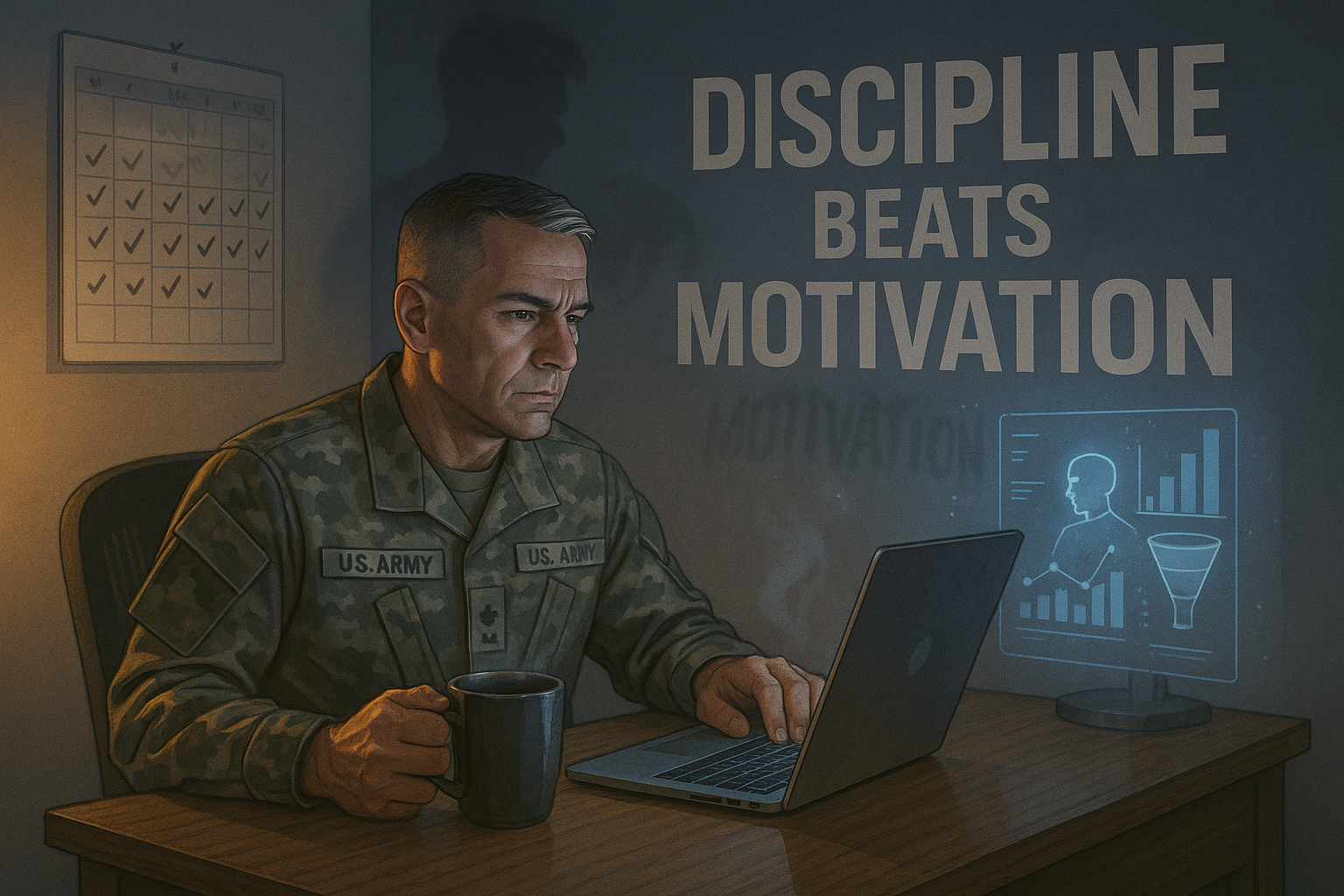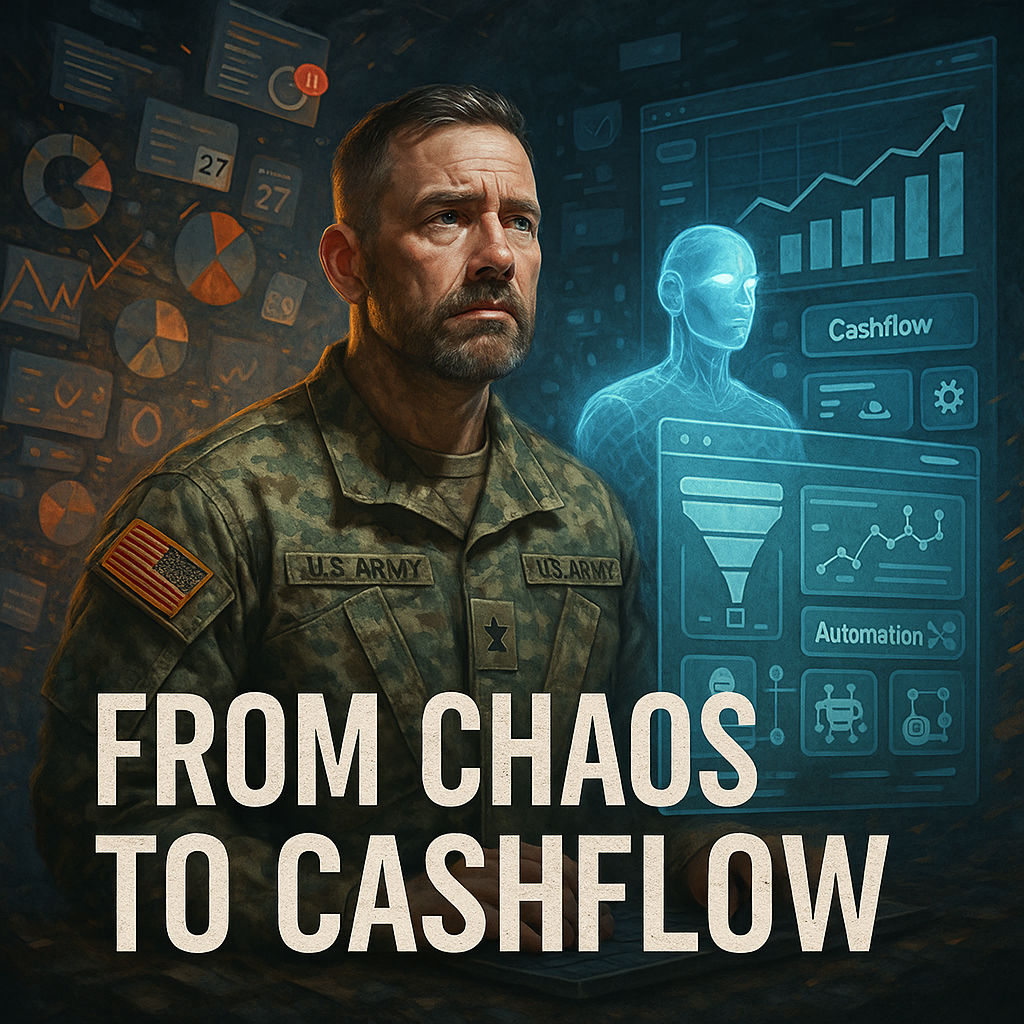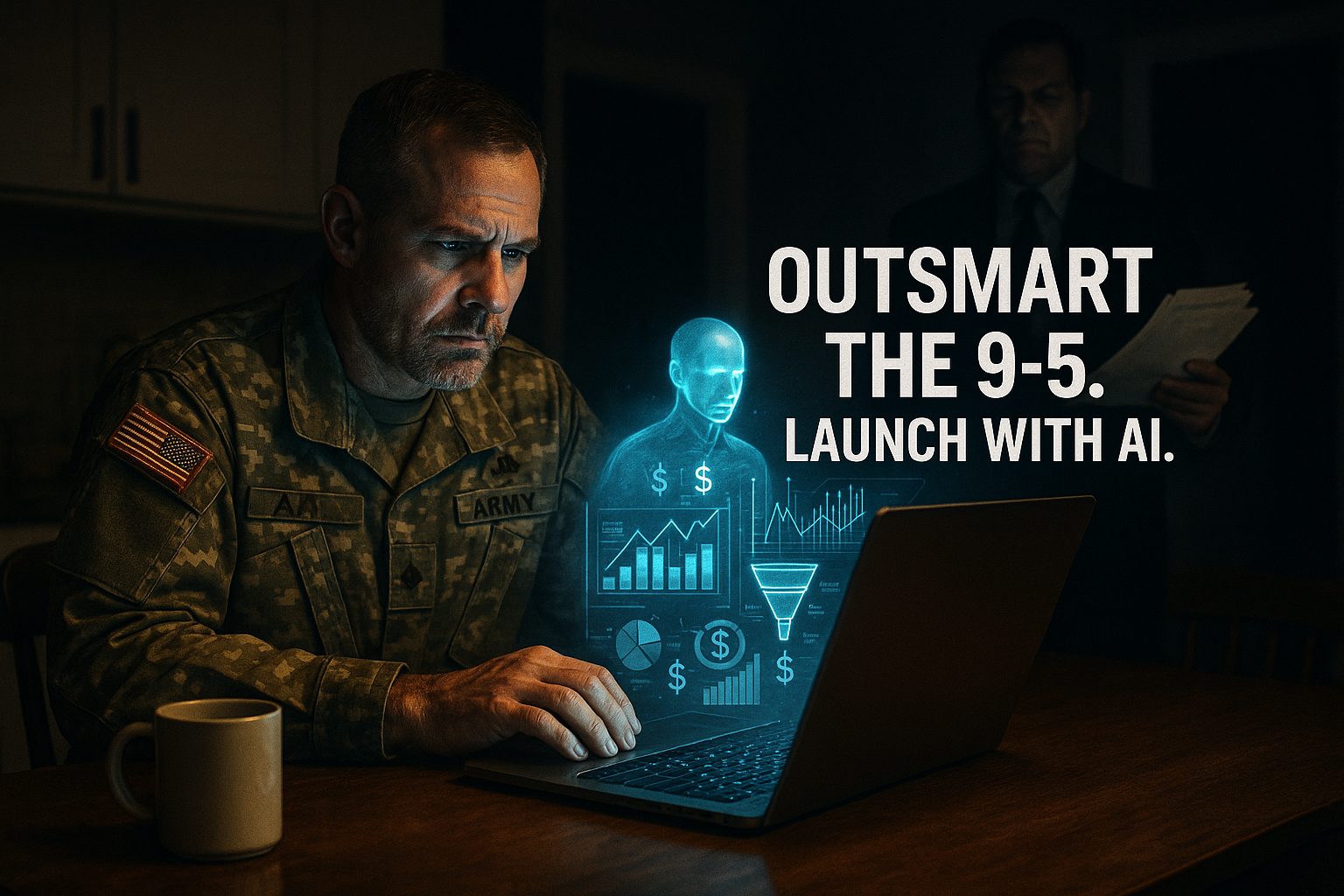Ever felt like life handed you a map, then scribbled over all the roads? That was me, staring at the unscalable wall of PTSD. I remember a moment—Tuesday afternoon, rain on my window—where just getting up felt like a dare. If traditional life was an open highway, mine was a maze with exits erased. Today, I want to talk about the odd path that led me out—not of my own heroics, but because technology quietly handed me a shovel, and I learned to chip at those walls from inside my room.
When Clock-Punching Feels Impossible: The Case for Flexible, Home-Based Work
The fluorescent lights buzzed overhead like angry wasps. The keyboard clicks echoed through cubicle walls. Phone conversations blended into a chaotic symphony that made my chest tighten. Every morning, I'd sit in my car in the parking lot, gripping the steering wheel, trying to summon the courage to walk through those office doors.
Traditional jobs became unimaginable. The bustling offices, rigid schedules, and constant social interactions were simply too overwhelming.
PTSD doesn't just affect how you sleep or handle loud noises. It rewires your entire relationship with stress. And traditional work environments? They're basically stress factories designed for people whose nervous systems haven't been hijacked by trauma.
Think about it. Open office plans where you can't see who's approaching from behind. Mandatory team meetings where you're expected to be "on" even when your brain is stuck in survival mode. Rigid 9-to-5 schedules that don't account for the fact that some days, getting dressed feels like climbing Mount Everest.
Research shows that flexible work solutions PTSD patients benefit from aren't just nice-to-haves—they're often necessary accommodations. The constant hypervigilance, the unpredictable triggers, the energy drain from masking symptoms all day long. It's exhausting in ways that healthy people can't fully grasp.
I remember one particularly brutal Tuesday. A coworker slammed a filing cabinet shut, and I practically jumped out of my skin. The embarrassment was almost worse than the startle response itself. Everyone pretended not to notice, but I felt their sideways glances for the rest of the day.
That's when I realized something had to change. The traditional workplace wasn't just uncomfortable—it was actively harmful to my recovery.
The Great Escape: Finding Peace in My Bedroom Office
After ditching the 9-to-5, I found more energy and stability working from my bedroom than I ever did under fluorescent lights. The transformation wasn't immediate, but it was profound.
My "office" became a corner of my bedroom with a small desk facing the window. No surprise meetings. No office politics. No need to explain why I needed to step outside for ten minutes when the anxiety crept in. Just me, my laptop, and the freedom to work when my brain actually functioned.
Studies indicate that home-based work mental health benefits extend far beyond convenience. When you're managing PTSD, having control over your environment isn't luxury—it's medicine. I could adjust the lighting, play calming music, take breaks when I needed them. The simple act of working in my safe space reduced my baseline stress levels dramatically.
Some days, I'd work in my pajamas. Other days, I'd get fully dressed like I was heading to a corporate office. The choice was mine, and that autonomy became a cornerstone of my healing.
Technology as the Bridge Between Survival and Success
But here's where it gets interesting. New tech platforms bridge the gap between survival mode and sustainable income in ways that wouldn't have been possible even five years ago.
The AI freedom launchpad and similar digital health innovation platforms have revolutionized how people with mental health challenges can earn a living. These aren't just work-from-home jobs—they're entirely new models that prioritize results over face time, flexibility over rigid schedules.
I started with simple online tasks. Data entry, content creation, virtual assistance. Nothing glamorous, but each project proved I could be productive without the traditional office environment. The platforms handled client communication, project management, and payment processing. I just had to focus on the work itself.
What surprised me most was how much mental energy I had left over. Without the constant stress of office navigation, I could actually focus on healing. I started therapy again. I began exercising regularly. I even rediscovered hobbies I'd abandoned when work consumed everything.
The beauty of these flexible work solutions isn't just that they accommodate PTSD—they actually support recovery. When you're not spending all your energy managing workplace stress, you can invest in getting better.
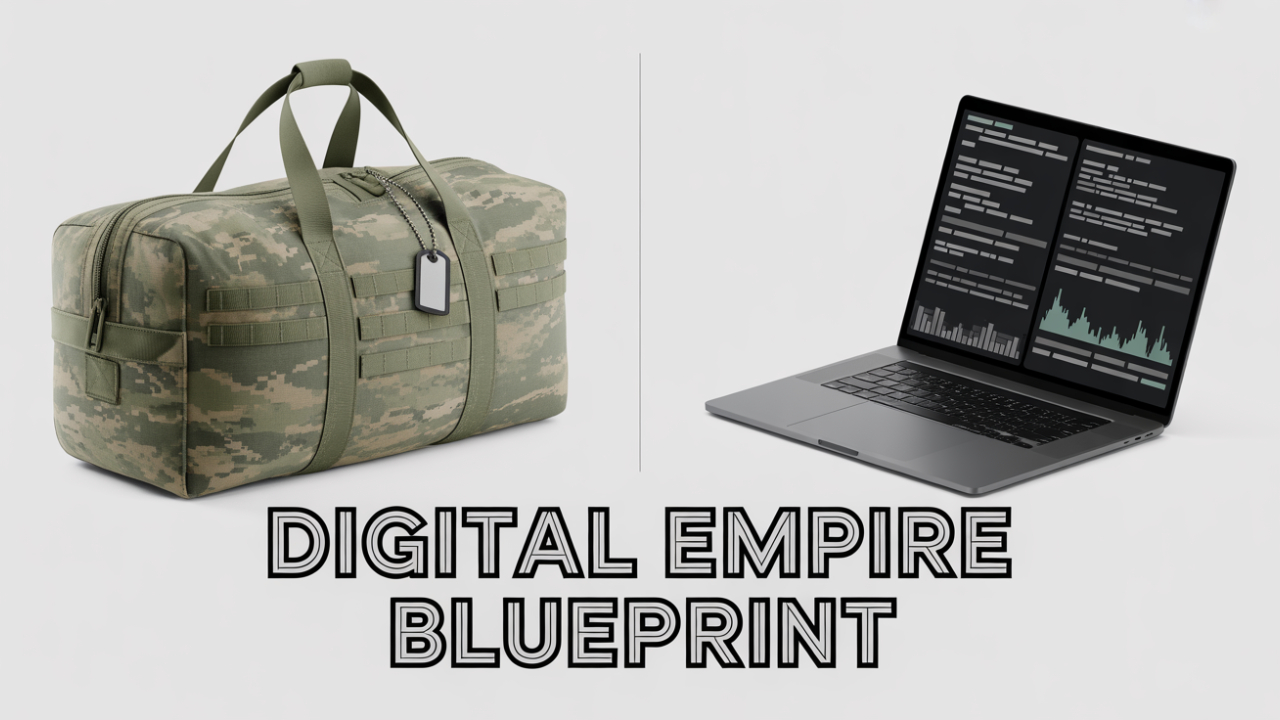
AI to the Rescue: Redefining Recovery With Technology, Not Therapy Stereotypes
When traditional jobs became unimaginable, I found myself trapped between what I needed and what the world expected. The bustling offices, rigid schedules, and constant social interactions were simply too overwhelming. I longed for a solution—a way to regain control over my life without forcing myself into situations that triggered my PTSD symptoms.
That's when I stumbled upon something that completely reshaped my path: the AI freedom launchpad. This wasn't your typical technology-enabled PTSD treatment. It wasn't therapy disguised as tech, and it definitely wasn't another app promising to "fix" me. Instead, it was something much more practical and real.
"Imagine a system designed to understand your limitations, providing you with a canvas to create a livelihood on your terms."
The beauty of this platform wasn't in its complexity—it was in its simplicity. From the comfort of my own home, I slowly started rebuilding my life. Just a few videos a week, and the powerful yet compassionate technology took care of the rest. No pressure. No unrealistic expectations. Just gentle guidance that respected my boundaries.
A Tool, Not a Therapist
What struck me most was how this AI therapy for PTSD approach didn't try to replace human connection or clinical treatment. It complemented them. The system didn't force me into the mold of conventional employment. Instead, it allowed me the flexibility to work at my own pace, choosing when and how to engage.
Research shows that AI platforms are increasingly used to empower mental health patients by providing personalized pathways and innovative therapeutic options. But experiencing it firsthand was different. This wasn't about data points or clinical outcomes—it was about having something that actually understood my reality.
The launchpad became more than just a tool for income. Each small digital win became a flicker of emotional strength. When I completed a video, when I saw engagement, when I earned my first few dollars—these weren't just financial milestones. They were proof that I could still create, still contribute, still matter.
Respect for Boundaries
Traditional work environments never quite grasped what PTSD recovery actually looked like. They wanted consistency, predictability, and social interaction on their terms. But empowerment AI platforms like this one operated differently. They worked around my limitations rather than demanding I work around theirs.
Some days, I could produce content. Other days, I couldn't even get out of bed. The platform didn't penalize me for my bad days. It simply waited, ready for when I was ready. This kind of compassionate technology can be as vital as clinical treatment—sometimes more so, because it fits into real lives rather than ideal scenarios.
Studies indicate that technology-enabled PTSD treatments in 2025 leverage AI and digital health innovations to improve trauma recovery outcomes. What makes this approach different is how it addresses the practical challenges that come with PTSD—like maintaining employment and financial stability while managing symptoms.
Small Wins, Big Impact
The platform's approach to personalized PTSD recovery wasn't about dramatic breakthroughs. It was about small, consistent victories that built upon each other. Creating a handful of videos a week might not sound like much, but for someone struggling with PTSD, it represented something significant: control.
I wasn't following someone else's schedule or meeting arbitrary deadlines. I was creating on my terms, at my pace, within my comfort zone. The AI didn't judge my productivity or compare me to others. It simply provided opportunities and let me decide how to engage with them.
This wasn't about replacing traditional therapy or medical treatment. It was about filling a gap that clinical approaches often miss—the need for practical, flexible solutions that respect the reality of living with PTSD. The technology gave me choices instead of rules, and that made all the difference.
Each video became a small act of rebellion against the limitations PTSD had placed on my life. Not because I was fighting against my condition, but because I was learning to work with it in ways that actually made sense.
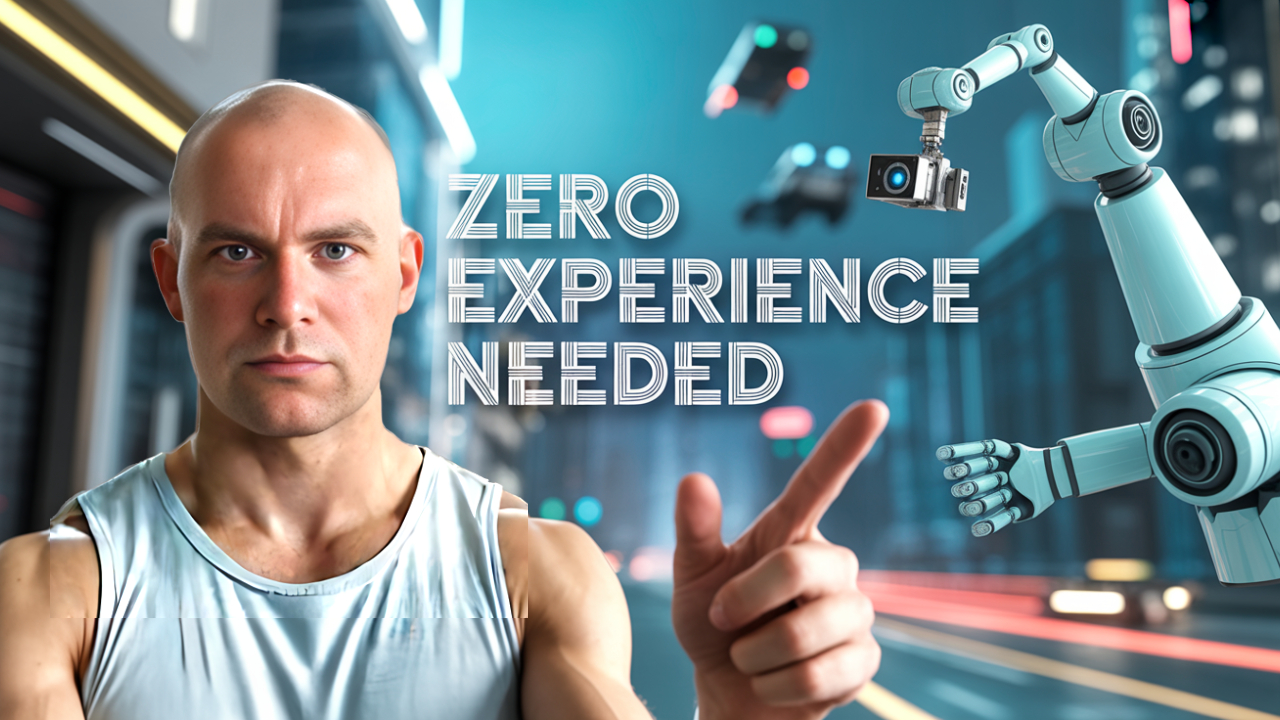 Emotional Resilience, Support Systems, and an Unexpected Snowball Effect" />
Emotional Resilience, Support Systems, and an Unexpected Snowball Effect" />From Surviving to Thriving: Emotional Resilience, Support Systems, and an Unexpected Snowball Effect
Here's the thing about recovery from PTSD—it doesn't happen in grand, cinematic moments. It happens in the quiet spaces between breaths, in the small victories you barely notice at first. Each video I created, each tiny step forward, became something bigger than I realized. With each small win, self-worth started to edge PTSD out of the driver's seat. Recovery is sneaky like that. Sometimes you don't see progress until you look back and realize you've been climbing out of that dark hole one grain of sand at a time.
The platform became an empowering anchor in the stormy sea of PTSD. Each day brought growth—not just financially, but something deeper. I began glimpsing a life that PTSD could no longer dictate completely. The freedom wasn't just financial. It was mental and emotional liberation, piece by piece.
Building Emotional Resilience Through Digital Connection
Research shows that support systems and transformative training programs are critical components in facilitating PTSD recovery. But I learned something unexpected—digital support systems can amplify resilience in ways traditional therapy sometimes can't reach. When you're creating content, sharing your story, you're not just talking to a screen. You're building invisible bridges to people who understand.
The breakthrough came when I started reaching out, inviting others on this journey. Because helping breaks isolation's spell. That's when the real magic happened. Transformative training PTSD recovery isn't just about learning new skills—it's about discovering you still have something valuable to offer the world.
"With every video created, with every ounce of effort invested, I reclaimed a piece of my soul from the shadows of despair."
Those words aren't just poetry. They're the raw truth of what happens when you stop being a victim of your circumstances and start becoming the author of your recovery story.
The Unexpected Snowball Effect
The mental shift wasn't just about income or self-reliance. It was about regaining the story for myself and offering it to others. When you've lived with PTSD, you know how it whispers lies about your worth, your future, your ability to contribute anything meaningful. But emotional resilience grows in the strangest places—sometimes in a late-night recording session, sometimes in a comment from someone who says "me too."
Studies indicate that emotional resilience and financial independence are important themes linked to empowerment and recovery. But what the research doesn't capture is how these elements create ripple effects. When you help one person, you help yourself. When you share your story, you give others permission to share theirs.
The AI freedom launchpad became more than a tool—it became a bridge back to myself. Each small success built on the last, creating momentum I hadn't felt in years. Support systems PTSD recovery often focuses on professional help, family support, medication. But there's something powerful about digital communities too. They meet you where you are, when you're ready, without judgment.
A Hand Extended
This journey isn't just about me anymore. It's about extending a hand to those who understand the relentless weight of PTSD. If you're out there feeling as though life has come to a standstill, know that a different path exists. Personalized PTSD recovery doesn't have to look like everyone else's journey. It can be unconventional, digital, creative.
The impact multiplies when you extend a hand to someone else. Community really is the best antidote for hidden wounds. When you're helping others navigate their own storms, you're not just giving—you're reinforcing your own strength, your own worth, your own recovery.
Technology didn't cure my PTSD. Let's be clear about that. But it gave me back something I thought was lost forever—agency. The power to choose my next step, to create something meaningful, to connect with others who understand. Sometimes that's enough to tip the scales from surviving to thriving.
And maybe, just maybe, that's
TL;DR: Even when PTSD seems like an endless maze, adaptive tech and a dash of digital courage can light up exits you never expected. I’m living proof—one flexible step at a time, recovery is possible on your terms.

